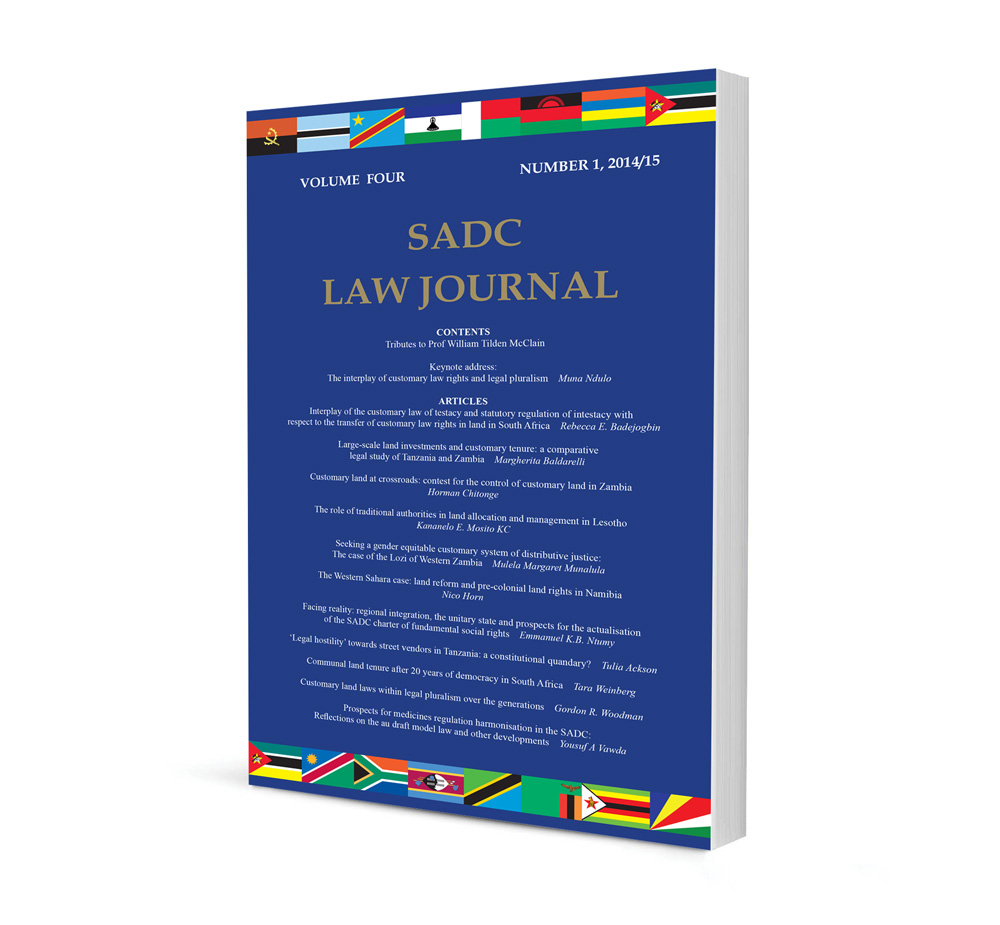Using Local Legal Cultures to Evaluate the OHADA Regime as a Precedent for Business Law Integration in the SADC

Using Local Legal Cultures to Evaluate the OHADA Regime as a Precedent for Business Law Integration in the SADC
Authors Isabelle Deschamps
ISSN: 2026-8556
Affiliations: Lawyer, D.C.L. Candidate, McGill University; Non-practising Solicitor, Law Society of England and Wales (2008)
Source: SADC Law Journal, The, 2013, p. 1 – 22
Abstract
This paper discusses the importance for states, transnational organisations and ‘norm entrepreneurs’ in Africa to account for local legal cultures when contemplating regional business law unification and economic integration. It explores how local legal cultures shape commercial usages and how commercial law integration projects in Africa, in particular the OHADA and the SADC could better account for them. To begin with the paper revisits anthropological, critical and international law definitions of culture and analyses the attributes of local legal cultures. Building on this discussion, the article then analyses the relationship of general cultural norms to the particular informal legal norms that shape the living law of business in some OHADA and SADC countries. It looks at specific spheres where local business law cultures can be observed. The point is not to describe the specific business law cultures operating in the OHADA and the SADC regions, but rather to draw attention to settings where jurists and lawmakers can observe local business legal culture in action. The article concludes that paying attention to local business law culture will help assess the merits of the OHADA as a model for the SADC. On a broader scale, it will assist legislators, governments, jurists and other transnational business law experts in assessing the feasibility of an African economic and legal integration project.